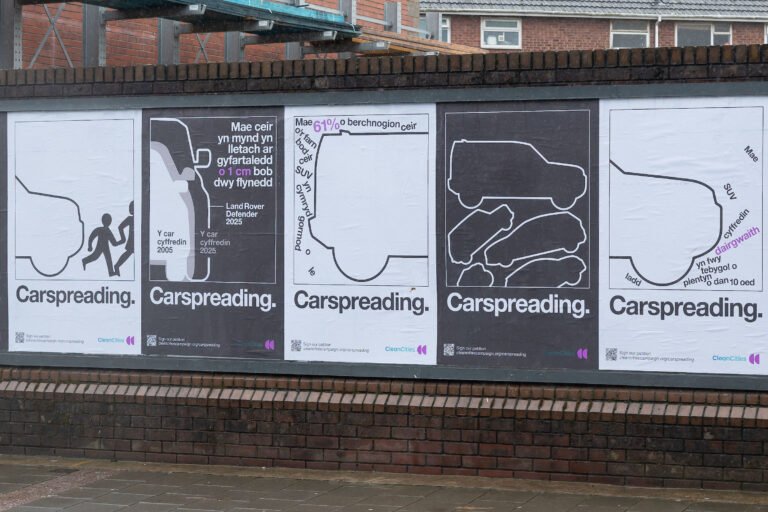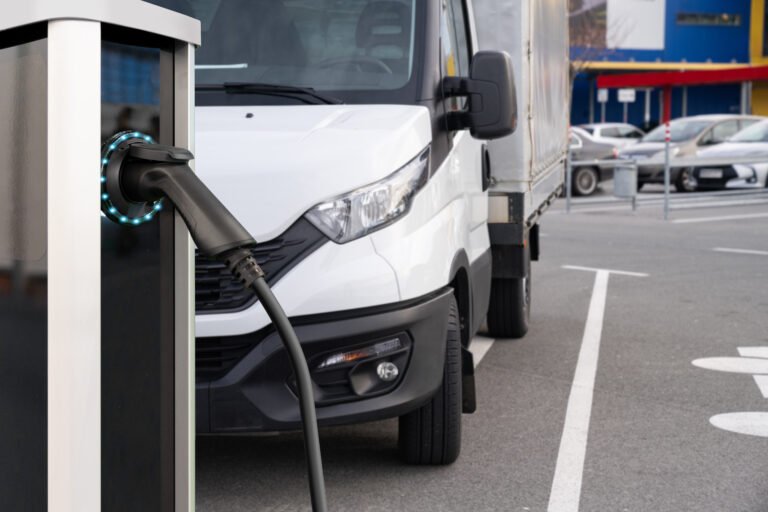
Green cities: Five advantages of reducing transport emissions
Inclusive and sustainable city transport solutions are a big win for the planet (as well as for our safety and wellbeing!)
Read on to find out more…
Imagine a green, eco-friendly city – what do you see? Lots of trees and green spaces? Wind turbines and solar panels?
We’re here for all of that, but the changes that really get our heart rate going are those focused on transport. This is the only economic sector where emissions in the EU are higher today than in 1990 – and, with almost 3 in 4 Europeans currently living in urban areas, transport in cities is a great place to start the transport revolution.
Big changes need to happen in cities (that aren’t always immediately popular), and city leaders need to show that they can bring everyone along with them. But, if policies are designed in a fair, inclusive manner – for instance, by providing exemptions for people with a disability, or car scrappage schemes for lower-income households – the benefits could be game-changing.
Let’s explore five key advantages of reducing transport emissions in cities.
Cleaner air
If you live in a big city in Europe, the chances are you’re breathing unsafe levels of air pollution.
These toxic emissions have been linked to everything from asthma and anxiety, to chronic lung disease and stunting. They are also especially harmful to children’s health, as highlighted in this social media campaign from our partners ISGlobal.
Cleaning up transport means cleaner, healthier air for all.
Less congestion
In the 25 most congested European cities, drivers lose on average 90 hours due to congestion (Clean Cities calculation based on Inrix 2022 Global Traffic Scorecard).
If cities did more to incentivise active and shared mobility – such as through shared bikes, e-scooters and initiatives like cycle-to-work-schemes – this would go a long way towards reducing traffic, and giving more time back for the things that matter.
Quieter roads
Removing old, and often noisier, fossil fuelled cars off city roads helps to address not only air pollution and CO2 emissions, but noise pollution too.
Noise pollution has a huge impact on our physical and mental wellbeing, affecting things like our quality of sleep, cardiovascular health and ability to focus.
Safer roads
In 2022, more than 20,000 people died on the EU’s roads. Transforming our cities as we reduce emissions also means they become safer.
As we build more bike lanes, widen pavements, create School Streets, reduce speed limits and the overall number of motorised vehicles in cities, we will see fewer fatal and serious injuries.
Mitigating climate change
Last but not least!
To have a chance of limiting the average global temperature increase to 1.5°C, emissions need to peak and reduce as soon as possible. In Europe, around a quarter of greenhouse gas emissions come from transport – and almost a quarter of these come from urban transport.
Reducing these emissions will help us secure a safe climate for generations to come.
—
To conclude – the advantages of reducing transport emissions in cities are far-reaching. As we move towards a more sustainable future, it’s crucial for cities to prioritise inclusive and eco-friendly transport solutions to help us mitigate climate change, and enhance the safety and wellbeing of all residents.

